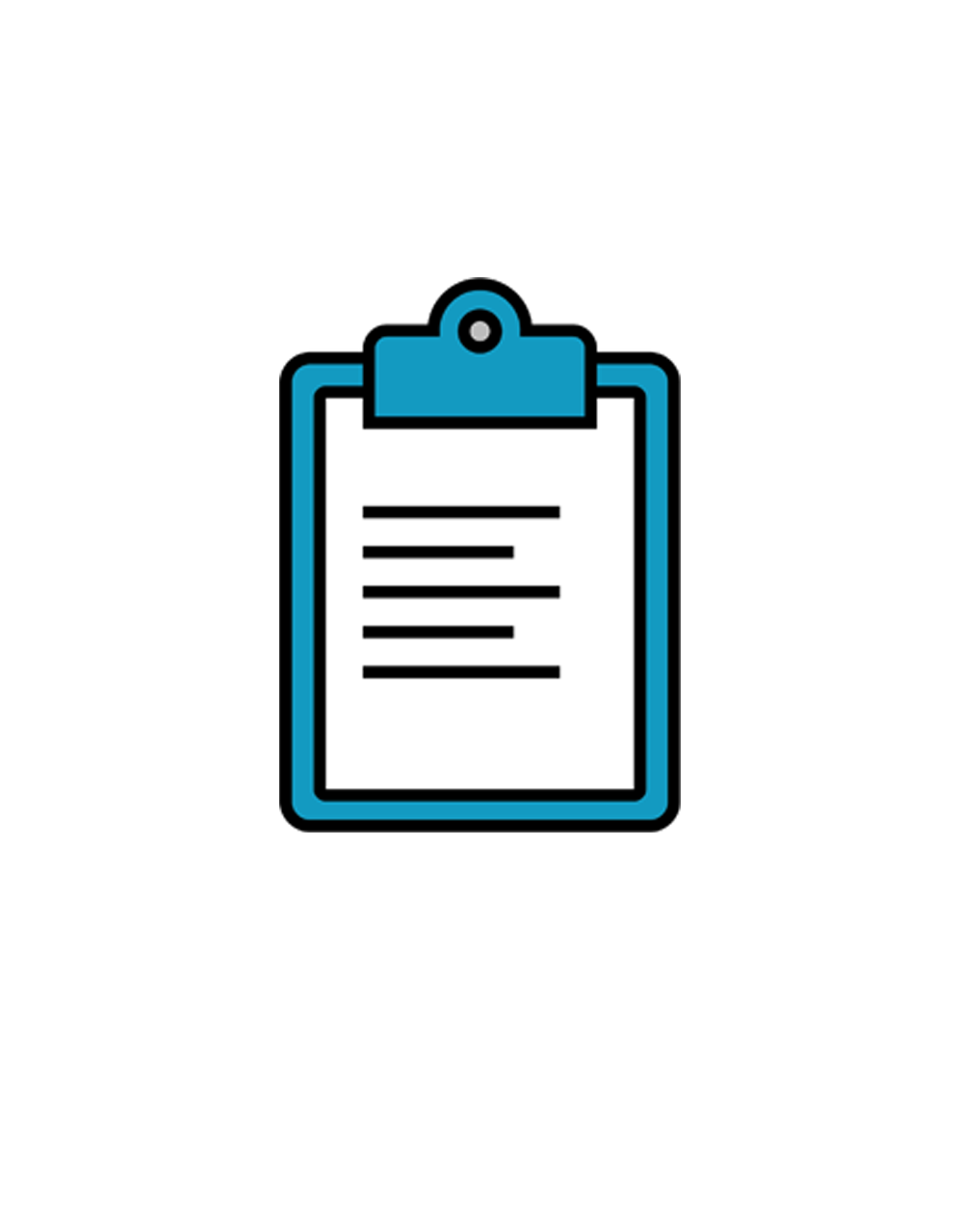 |  |  |  |  |  |  |  |
| Background | Review of Current Practice | Sleep Assessment | Sleep Management Tools & Techniques | Hypnotic Withdrawal Programme | Sleep Consultation | Final Assessment | Contact Us |
| Section Home → | Example sleep diaries and downloads → | Normal and abnormal sleep → | Psychological treatments for insomnia → | Self Assessment → |
| Section Home → | Elements → | Cognitive → | Behavioural → | Sleep Hygiene → | Stimulus Control → | Muscle Relaxation → | Sleep Restriction |
→ Muscle groups
→ Start from feet working up (or vice versa)
→ Relaxation training involves methods aimed at reducing somatic tension (e.g., progressive muscle relaxation, voluntary control over body parameters such as heart rate) or intrusive thoughts at bedtime that interfere with sleep. These aim to reduce the patient’s mental and physical arousal before going to bed. Relaxation techniques may help even if one is not anxious, but find it hard to get off to sleep. Progressive muscular relaxation has been shown to help promote sleep. This technique consists of tensing and relaxing various muscle groups in sequence. The patient could be advised to:
→ Focus on one specific muscle group at a time (most people start with the muscles in one foot). Inhale and tense the foot muscles for about 8 seconds. (Do this gently as it is not intended to cause severe pain or muscle contractions.)
→ Relax the foot, and let it become loose and limp. Stay relaxed for 15 seconds, and then repeat with the other foot.
→ Move up to the next muscle group (face, neck, jaw, arms, fingers and hands) and repeat the sequence, doing one side of the body at a time.
→ Move progressively.
→ Focus your thoughts on pleasant things e.g. favourite vacation spot, a beach, a place in a book or movie.